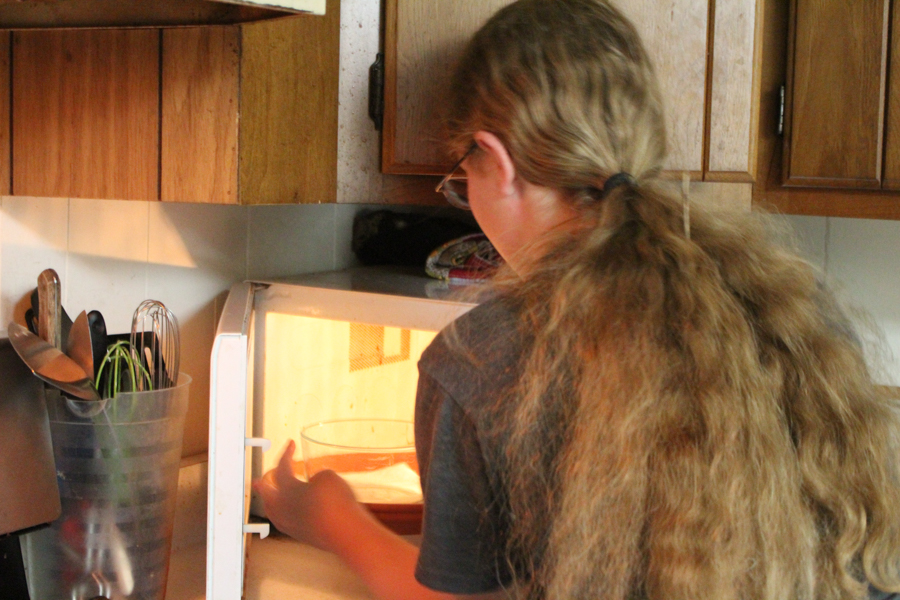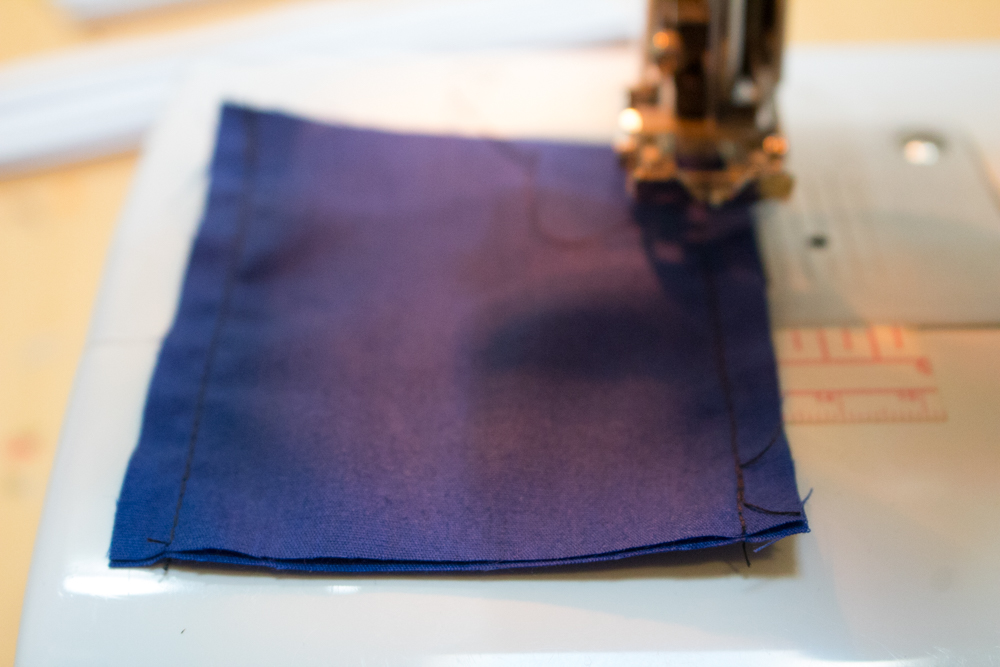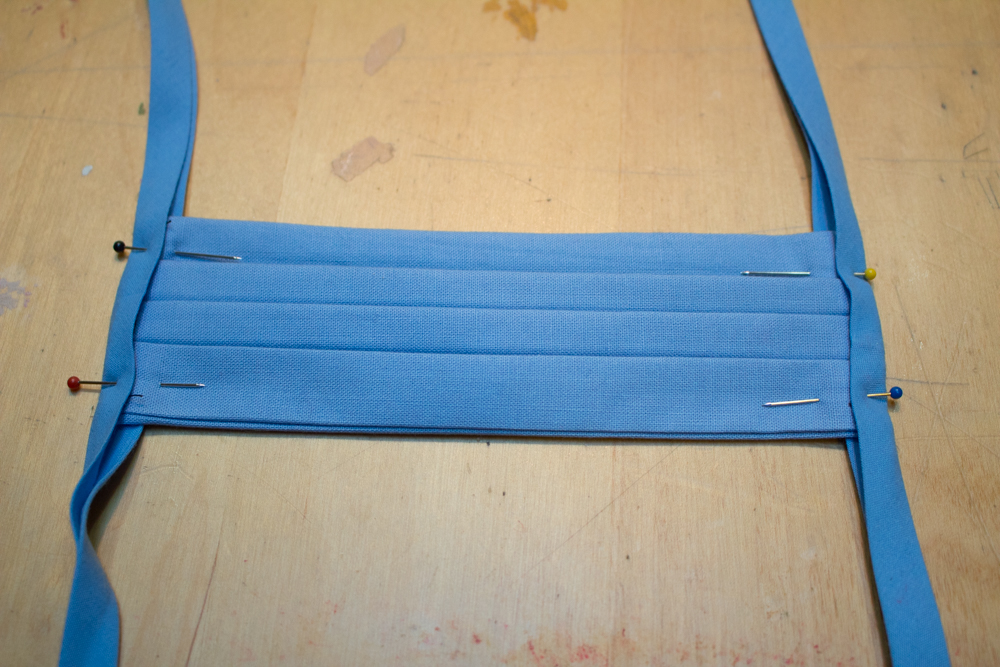
Our in-person explorations this summer were supposed to be the Western Caribbean with our Girl Scout troop, southern Alabama and Louisiana with our family, and several assorted camping trips and weekend adventures with just me and the girls.
Honestly, though, at this point I'm so tired of complaining about the pandemic that I don't even feel like complaining about it. We're together at home, safe and sound, making our own fun more or less.
And instead of real travel on a cruise ship with lots of friends, exploring Mayan architecture, taking young people to get soft serve and pizza at 3:00 am just because we can, the four of us are eating popsicles at home and I'm only up at 3:00 am every day because a mockingbird lives right outside my bedroom window.
Whatever. It is what it is.
It's been several years since we took our family trip to Yellowstone National Park, and so when Yellowstone kindly announced that it would allow children to earn its normally park-only Junior Ranger badge at home, I decided that it was the perfect chance to make our own fun and I turned it into a unit study.
The study broadly follows the Yellowstone National Park Junior Ranger badge book, which at least right now Yellowstone is still offering on their site, still with the possibility to earn the Junior Ranger badge from home. The subheadings for this study match the activity titles for the Junior Ranger book, although you could complete this study without referencing it.
SUPERVOLCANO
HYDROTHERMAL FEATURES
It's very easy to model hot springs and fumaroles, at least--here's a handy tutorial, as well as a list of hydrothermal features and good definitions for them. I had the kids memorize the types of hydrothermal features, but our modeling didn't go quite as well. The hot spring and fumarole were fine, of course, but my idea that perhaps the kids could engineer a way to DIY a stovetop geyser (got to practice those STEM skills, don't you know?), was unsuccessful:

RECIPE FOR A GEYSER
It was such an interesting video that we checked out his profile to see if he had filmed any other geysers.
He had!
Clearly, someone who has filmed several geyser eruptions must be interesting, so we Google stalked him.
And that's how we learned the term GEYSER GAZER! That's what you call people who've made watching/studying geysers into a hobby!
You know what else we found while cyberstalking this random person?
He appeared on A Prairie Home Companion, in an episode that was recorded live at Yellowstone National Park for its anniversary!
Of COURSE we listened to this episode.
It was not great. The kids were beside themselves with how hokey and unfunny it was, in the many lulls I read out loud to them all about Garrison Keillor's history as a workplace sex criminal, and as if we didn't already loathe our listening experience enough, when it came time for David Schwartz's big moment, he got to speak approximately half a line, then Keillor cut him off, made a joke that felt like it was at least partially at his expense (I don't totally remember, and I am NOT going back to listen to it again), and then moved on to something else!
We were livid. Syd had to be talked down from violence. She loves David Schwartz the MOST, and did NOT appreciate some hokey sex criminal denying our favorite geyser gazer his public radio glory.
I did tell you that we make our own fun, right? Ahem.
Since the kids loved studying geysers so much, I gave them the assignment to draw one. They had to find a good geyser eruption video on YouTube, pause it at an appropriate point, and then create a piece of art showing their geyser mid-eruption, making sure to include elements of background and foreground, realistic or creative. And, of course, they had to credit the video's creator, because we don't deny people their glory in our homeschool!
Here's Syd's creation:
LIVING COLORS
Will handled our photosynthesis model:
 |
| That sugar molecule is so tricky to build! |
For a little bit more challenge, I had the kids research and label the possible name of each thermophile represented in the thermophile coloring page in their Junior Ranger books. Everybody likes to color!
PREDICT OLD FAITHFUL
I had only intended our Yellowstone study to take up our afternoon project time for one week, and we spent soooooo long on geysers that we skimped quite a bit on the rest of the unit. Here's what we did:
- A GRAND VIEW
- We read this excellent article entitled The Grand Canyon of Yellowstone.
- HEALTHY HABITATS
- We watched BBC's Yellowstone: Episode 1 and discussed how the presence or absence of wolves would change Yellowstone's ecosystem.
- BEAR COUNTRY
- We watched Grizzly Cauldron: The Giant Bears of Yellowstone. If you've got older kids who love animals, there's an interesting jumping off point here for another rabbit trail. You can find amateur YouTube videos of people inappropriately reacting to bear encounters in national parks, or read accounts of bear encounters (remember that time that I told you ALL ABOUT all the ways people get killed by bears in Yellowstone?), or watch additional documentaries, like Grizzly Man. There's a lot to study on the topic of animal encounters, especially through the lens of environmental science, psychology, outdoor survival, or animal welfare.
- NATIVE BISON
- We read some legends told by native peoples about buffalo.


















































